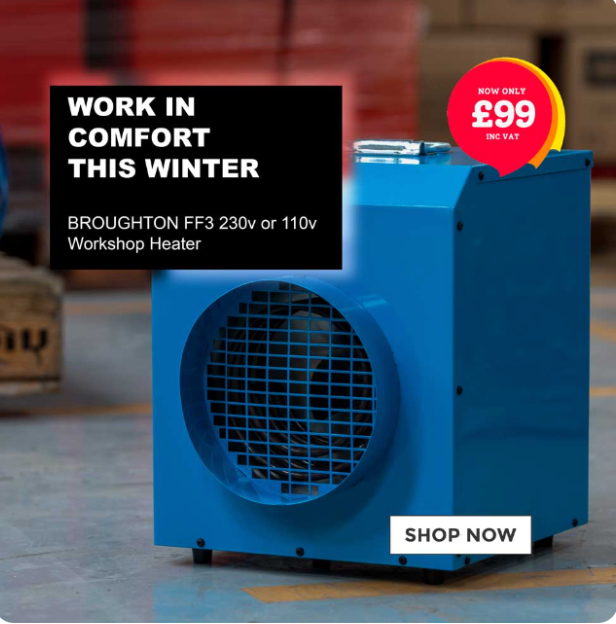Understanding power output for air dehumidifiers is essential, as it directly affects efficiency and energy usage. Higher power output means the dehumidifier can remove more moisture per hour, making it ideal for larger or more humid spaces.
However, increased power also leads to higher energy consumption, so choosing the right power level is crucial to balance efficiency with cost. In smaller areas, using a high-power dehumidifier may cause excess drying, which could damage materials like wood and fabric; a lower power output is more suited for controlled moisture removal in these cases.
Selecting the correct power output based on room size and humidity levels helps ensure effective moisture control while optimising energy usage and protecting your space.











